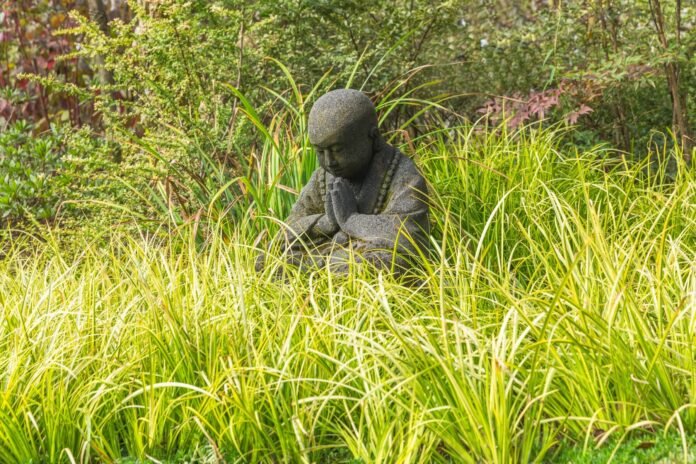Introduction: In today’s ever-evolving digital world, artificial intelligence (AI) is making significant strides in various industries, from healthcare and finance to art and entertainment. One of the most intriguing areas of AI’s influence is the world of digital art, where AI tools are now used to create complex and detailed works that challenge traditional notions of creativity. The term “Aiue Oka Nhentai” may seem abstract at first glance, but it offers an intriguing lens through which we can examine the intersection of technology and artistic expression in the digital age. In this article, we explore how AI is reshaping digital art, its influence on creators, and its broader implications for the future of creative industries.
1. The Rise of AI-Generated Art
The development of AI technology has sparked a revolution in the world of art. With machine learning and neural networks, AI can now generate images, animations, and even music, mimicking the creativity of human artists. This emergence of AI as a tool for artistic creation raises questions about what it means to be an artist in a world where machines can also produce art. Through deep learning algorithms, AI is trained on vast datasets of images, enabling it to create original works that often appear indistinguishable from those created by human hands. In this section, we’ll delve into the history of AI-generated art, the tools that make it possible, and the ways in which AI is being used by both professional artists and amateurs to explore new frontiers in the visual arts.
2. The Impact of AI on Artistic Styles and Techniques
AI doesn’t just replicate existing artistic styles; it is also influencing the creation of entirely new artistic techniques. By analyzing millions of artworks, AI systems can create art that incorporates unique styles, blending elements from various sources into something entirely new. This ability to innovate beyond traditional artistic boundaries challenges the very concept of originality in art. In this section, we will explore how AI is pushing the limits of traditional techniques, from abstract expressionism to hyperrealism, and what it means for artists who rely on AI as a tool in their creative process. The lines between human creativity and machine-generated art continue to blur, raising questions about authorship and the role of AI as both a creator and collaborator.
3. Ethical Considerations in AI Art Creation
While aiue oka nhentai AI has opened new possibilities for digital art, it has also introduced complex ethical questions. One major concern is the potential for AI-generated works to infringe upon the intellectual property of human artists. Another ethical dilemma arises from the question of authorship. If an AI system generates a piece of art, who is the true creator? The developer of the AI? The user who prompted the AI? Or is it the AI itself, acting as an autonomous artist? In this section, we’ll examine the various ethical challenges surrounding AI-generated art and discuss potential solutions, such as establishing new frameworks for intellectual property rights and authorship in the digital age.
4. The Future of AI and Digital Art
As AI continues to advance, the future of digital art looks both exciting and uncertain. With the development of more sophisticated algorithms, AI’s potential to create increasingly complex and meaningful works is limitless. However, there are concerns that AI could dominate the creative space, making human artists less relevant or even obsolete. In this section, we’ll explore the future trajectory of AI in art, discussing both the opportunities and the challenges it presents. Will AI enhance human creativity, or will it render traditional artistic practices irrelevant? We’ll also consider the role of AI in other forms of digital art, such as video games, virtual reality, and interactive installations, where AI is already being used to create dynamic, immersive experiences for audiences around the world.
5. AI in Niche Digital Art Communities
In niche communities, particularly those involving subcultures and digital content creators, AI-generated art has found a unique space. While controversial, the role of AI in this space highlights the diverse ways in which technology is influencing various forms of creative expression. It also raises broader questions about the ethical implications of AI’s role in such spaces and its impact on the digital content ecosystem.
6. Conclusion: Embracing the Future of AI in Art
The fusion of artificial intelligence and digital art has created a world of endless possibilities. While the technology is still in its early stages, its potential to reshape the creative industries is immense. As auie oka nhentai continues to evolve, it will undoubtedly open up new ways for artists to express themselves, explore uncharted creative territories, and collaborate with machines in innovative ways. Ultimately, AI’s role in art is not one of replacement but of enhancement—helping artists to push the boundaries of what’s possible and to create new forms of art that were once unimaginable.


